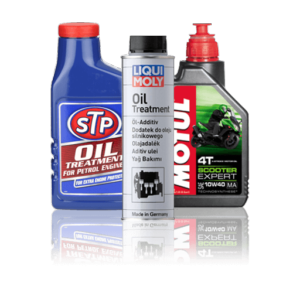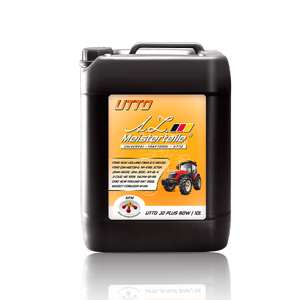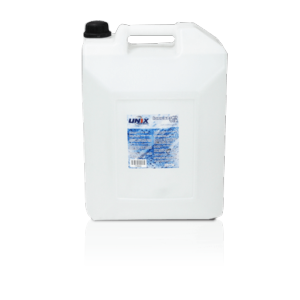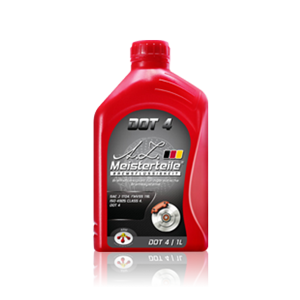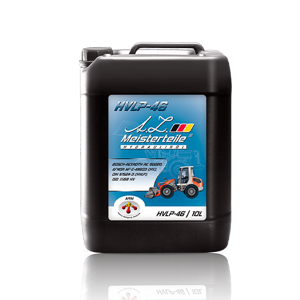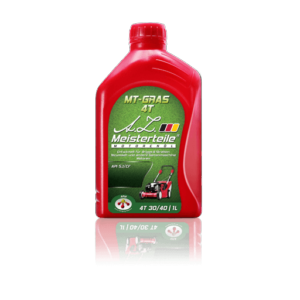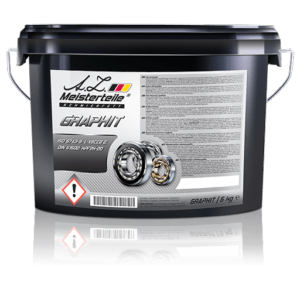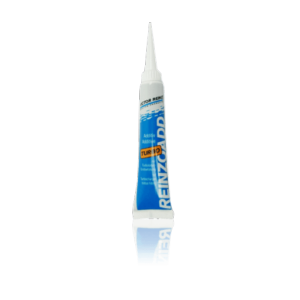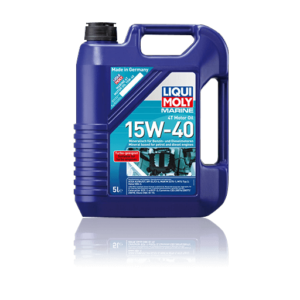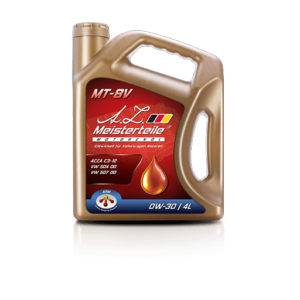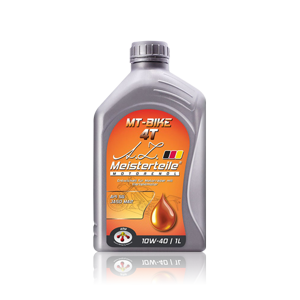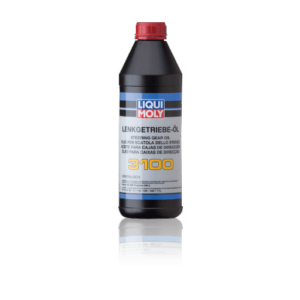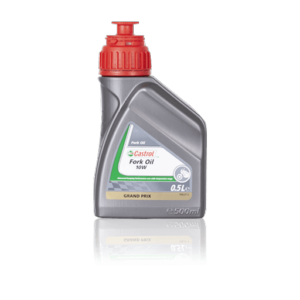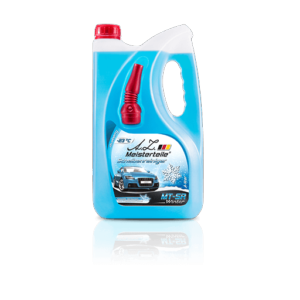Lubricants and fluids
The quality of engine oils is of paramount importance
In the AutoAZ oils and fluids category, you will find:
• high-quality additives
• deionized battery water
• brake fluid
• antifreeze
• transmission oil
• hydraulic oil
• chainsaw oil
• agricultural oil
• engine oil (motorcycle)
• engine oil
• engine oil (boat)
• lawn mower oil
• windshield washer fluid
• grease
• lubricating oil
• power steering fluid
• shock absorber oil
These products are all from the largest manufacturers and are known for their excellent quality. AutoAZ is committed to offering the best oils and fluids for every vehicle. The products are available at very affordable prices, making it easy for every customer to find the right lubricants and fluids.
Composition of Motor Oil: What is the Difference?
Depending on the base oil and the ratio of various additives, there are generally three different types of engine oils:
• Mineral oil: These oils are derived from distilled crude oil and further refined. They have a high viscosity, evaporate quickly at rising temperatures, and become contaminated due to chemical breakdown. Mineral oils are cheaper and used in older vehicles and motorcycles.
• Semi-synthetic: These motor oils are based on processed mineral oils and contain more additives than mineral oils. They combine the economy of mineral oils with the performance of synthetic oils and offer up to three times the protection. Semi-synthetic oils are ideal for mild winters and moderate summers. They are cheaper than synthetic oils and have a longer lifespan, greater resistance to temperature fluctuations, and better efficiency than mineral oils.
• Synthetic: Synthetic motor oil is obtained through organic synthesis and referred to as fully synthetic motor oil. It prevents deposits and offers optimal viscosity in cold weather and low temperatures for engine protection after startup. It retains its properties at high temperatures and is ideal for hot areas. Due to the expensive manufacturing process, synthetic oils are more costly.
Choosing the right motor oil with the appropriate viscosity is crucial for your engine's performance and longevity. The viscosity of the oil must be carefully selected to minimize internal friction in the engine under high loads. The viscosity of motor oils is measured in the SI unit Pascal-seconds (Pa·s).
Dynamic viscosity describes how thick an oil is under shear stress. Kinematic viscosity measures how quickly an oil flows under the influence of gravity. An oil with low viscosity is particularly important for cold start conditions as it quickly reaches the moving parts in the engine.
Which motor oil should I use for my car?
The correct motor oil depends on the vehicle type, engine, and manufacturer specifications. Consult the manual or manufacturer for the recommended viscosity and specifications.
How often should I change motor oil?
Regular oil changes are important to extend the engine's life and ensure optimal performance. The oil change interval depends on driving conditions and the type of oil used. Generally, it is recommended every 7,500 to 10,000 driven kilometers, but consult the manual for specific details.
What should I do with the waste engine oil?
Old oil should never be poured out or thrown in the trash as it heavily pollutes the environment. Bring it to a local collection point where it can be properly disposed of and recycled. Many car dealerships, municipal recycling centers, and gas stations also offer this service. Depending on municipal regulations, the amount of oil that can be dropped off may be limited to 5 to 20 liters.
Why is my motor oil black?
Black motor oil indicates normal wear and deposits. Excessive blackening may require an oil change or indicate other engine problems.
Can I mix different brands of motor oil?
It is not recommended to mix different brands or types of motor oil as this can affect performance. Use the same oil that is already in the engine.
Which manufacturers do we recommend?
We recommend our own brand, AZ Meisterteile. It offers high quality and reliability. Our customers are very satisfied with the performance and protection of their vehicles.
How do I check my engine's oil level?
Check the oil level with the dipstick when the engine is cold. The oil level should be between the "Min" and "Max" marks.
What type of transmission oil should I use?
The choice of transmission oil depends on the vehicle type and transmission type. Consult the manual or manufacturer for the correct specification.
When should I change transmission oil?
The transmission oil should be changed according to the manufacturer's specifications, usually every 50,000 to 100,000 driven kilometers or after a certain time period. Check the manual for exact details.
Visit us on our social media platforms
Subscribe to our channels to stay updated with our latest content!
